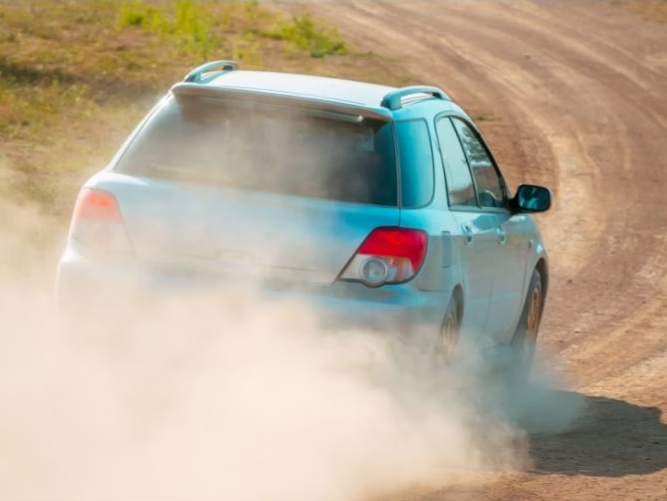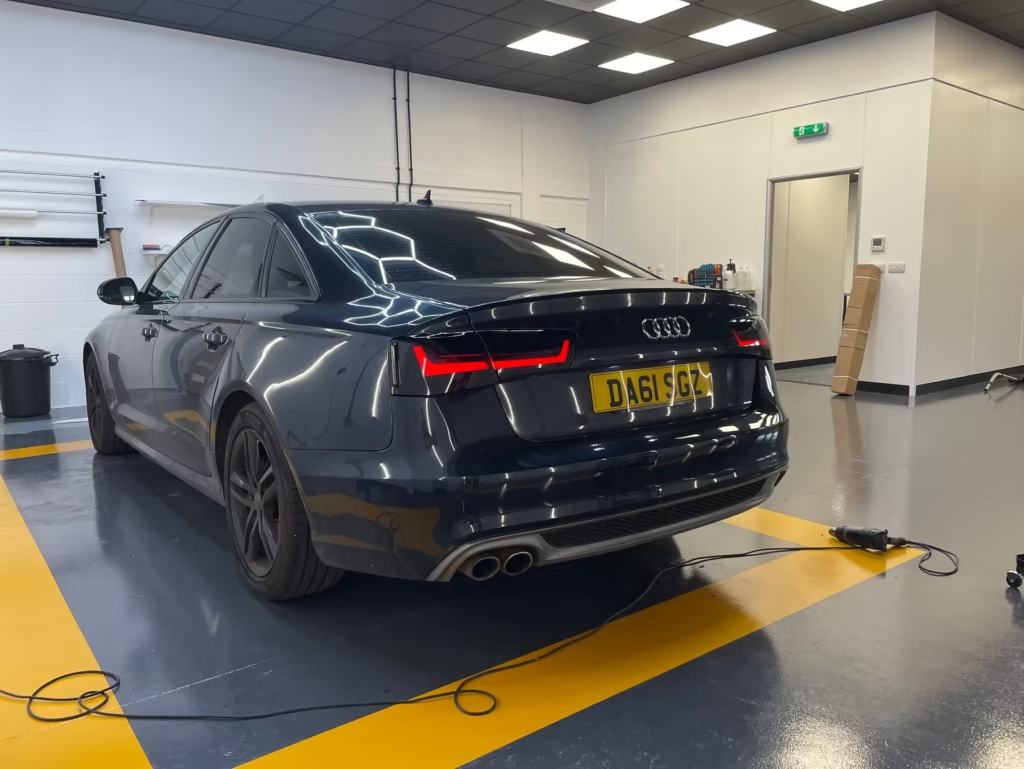// How Did A School Bus Inspire Car Wraps And Modification?

As any enthusiast knows, cars are far more than a means to get to a destination, and part of the reason why they are so popular is that through model choice and customisation, you can express a piece of yourself through what you drive.
Whilst industrialist Henry Ford somewhat infamous wrote that a customer can have a car any colour he wants so long as it is black, this if anything galvanised the desire for drivers to have a car that is an extension of themselves and showed that this is not a new phenomenon.
The kit car as a concept has existed since 1896, the hot rod emerged with Prohibition in the 1920s and garnered popularity in the late 1930s through to the late 1940s, and the Lowrider culture has existed since the late 1940s.
All of these car cultures had their own eye for decoration and desirable elements, but one of the most influential cars ever made when it came to turning the motor vehicle into an artistic canvas was, rather surprisingly, an old school bus with a deliberately misspelt name.
The Merry Band Of Pranksters
The story of Furthur is not only the story of a bus, the story of an author or even the story of his Merry Band of Pranksters, but the story of a cultural movement that spread beyond the bus into wider society, with ripple effects still felt to this day in car culture.
It began with a relatively ordinary trip. Ken Kesey, author of the book One Flew Over The Cuckoo’s Nest, needed to travel from his home in La Honda, California, to New York City to attend a premiere of the exceptionally famous film version.
This, naturally, meant driving across the country with his wife and one of his friends, but when he needed to go back to New York to attend the publication party of his next book, Sometimes a Great Notion, the plan kind of spiralled out of control.
Instead of just bringing his wife and one of his friends, the plan was instead to bring several friends and turn the whole trip into a road movie inspired by the novel On The Road by Jack Kerouac.
So many people wanted to be a part of the journey that they needed a much bigger vehicle, which led to Mr Kesey buying a yellow school bus and painting it vivid primary colours instead and adding all sorts of customisations.
These included a seating platform and railing on top, intercom systems between the inside and outside of the bus, an observation turret made from a washing machine drum, as well as a platform to hold a motorcycle and a generator to allow for the many people in the bunk beds to have a kitchen and a fridge to use.
The Pranksters themselves painted the bus in a style that formed the genesis for an entire artistic movement, with VW Beetles and Campervans across the world ending up painted in a very similar style, albeit with more day-glo and peace symbols.
The road trip became very infamous very quickly, as whilst the footage from the road film did not materialise until 2011 when Magic Trip was finally released, author Tom Wolfe would publish The Electric Kool-Aid Acid Test, a book that has become indelibly linked to the counterculture and hippie movements the bus and its inhabitants inspired.
Whilst there were a lot of dovetailing elements that led to the rise of the counterculture, one underappreciated element that has become connected to the aesthetic is the bus itself.
Replicas of Furthur exist, but beyond that, the concept of the psychedelic bus and campervan became a huge cultural icon throughout the rest of the 1970s.
As early as 1967, the made-for-TV film Magical Mystery Tour was heavily inspired by Furthur’s journeys, right down to having a psychedelic coach The Beatles were riding in.
However, beyond the direct replicas, the concept of using a car as a place to be artistic became very popular in the late 1960s, inspiring not only other hippie vehicles but the art car movement as a whole.
Singer Janis Joplin had a distinctly painted Porsche 356, John Lennon had a Rolls Royce Phantom inspired by a Romani vardo (wagon), and from the 1970s until the 1990s, an entire movement of art cars slowly developed.
Many of these are painted or wrapped, and the wrapping process has made creating art cars far cheaper and more practical than it used to be, but other examples are extremely elaborate, inspired by the bus that made it happen and taking it “Furthur”.
Looking for the top Vehicle Wrapping and Modification specialists in Yorkshire?
Get in touch with us today to see how we can help.



